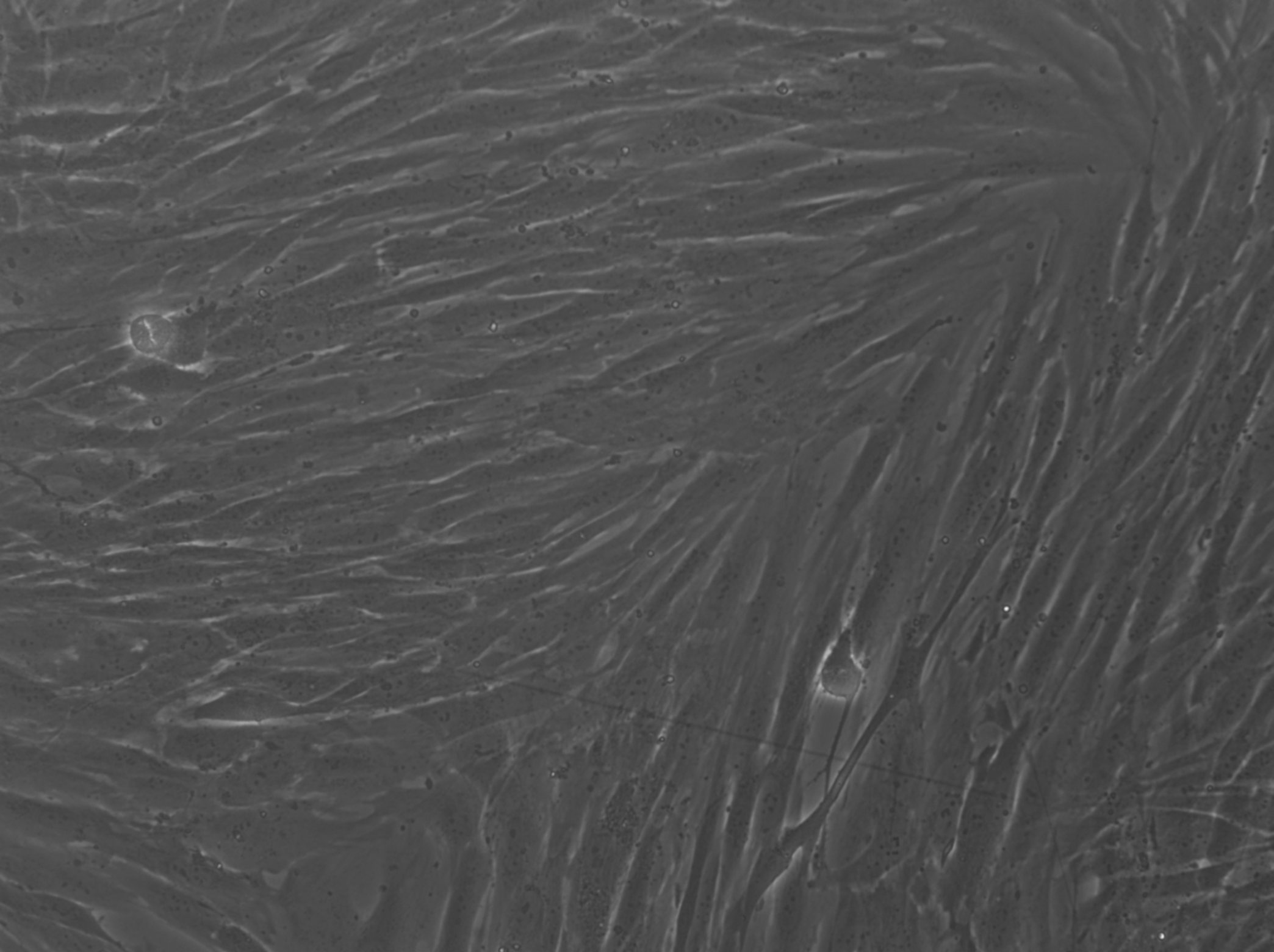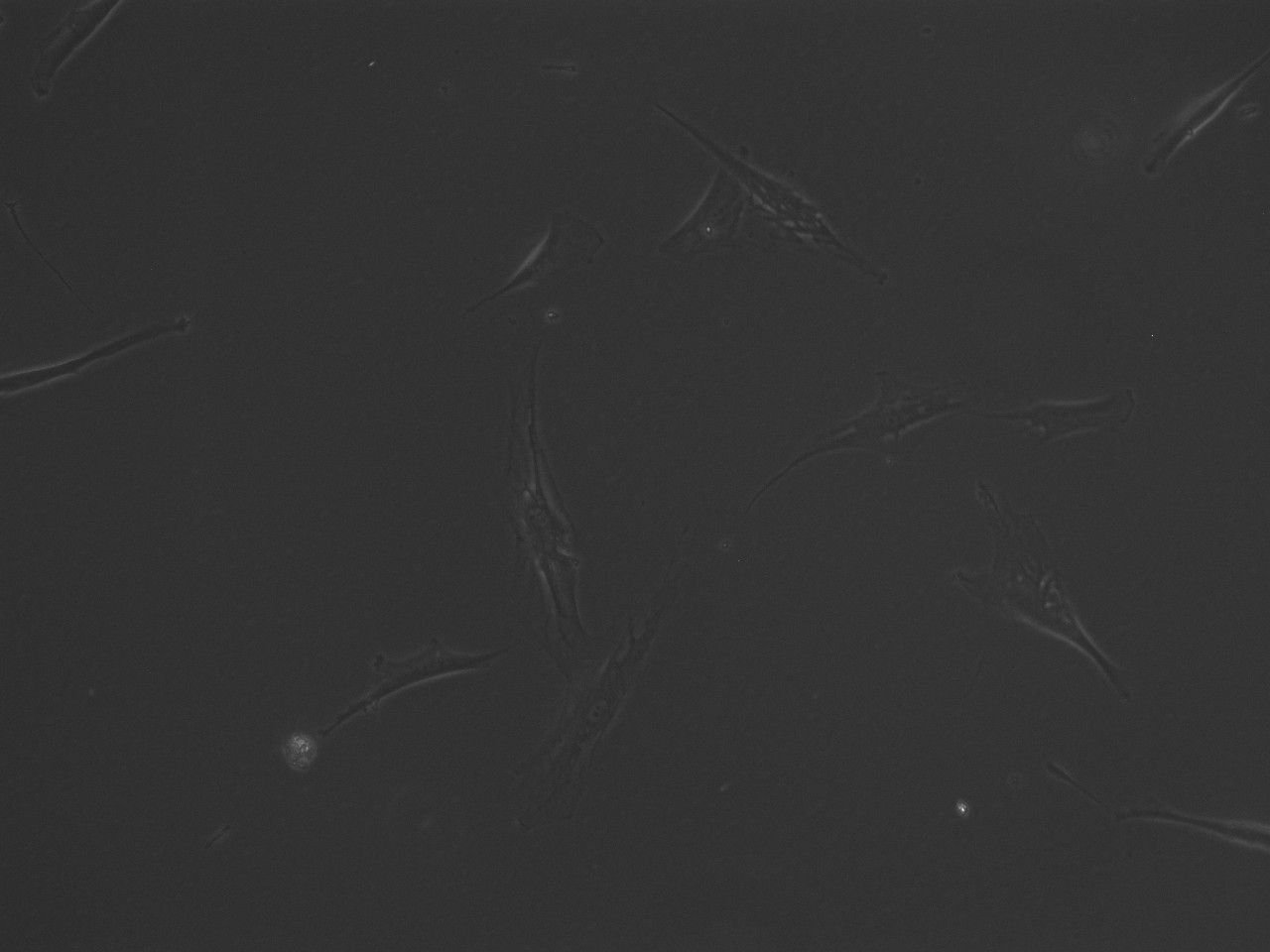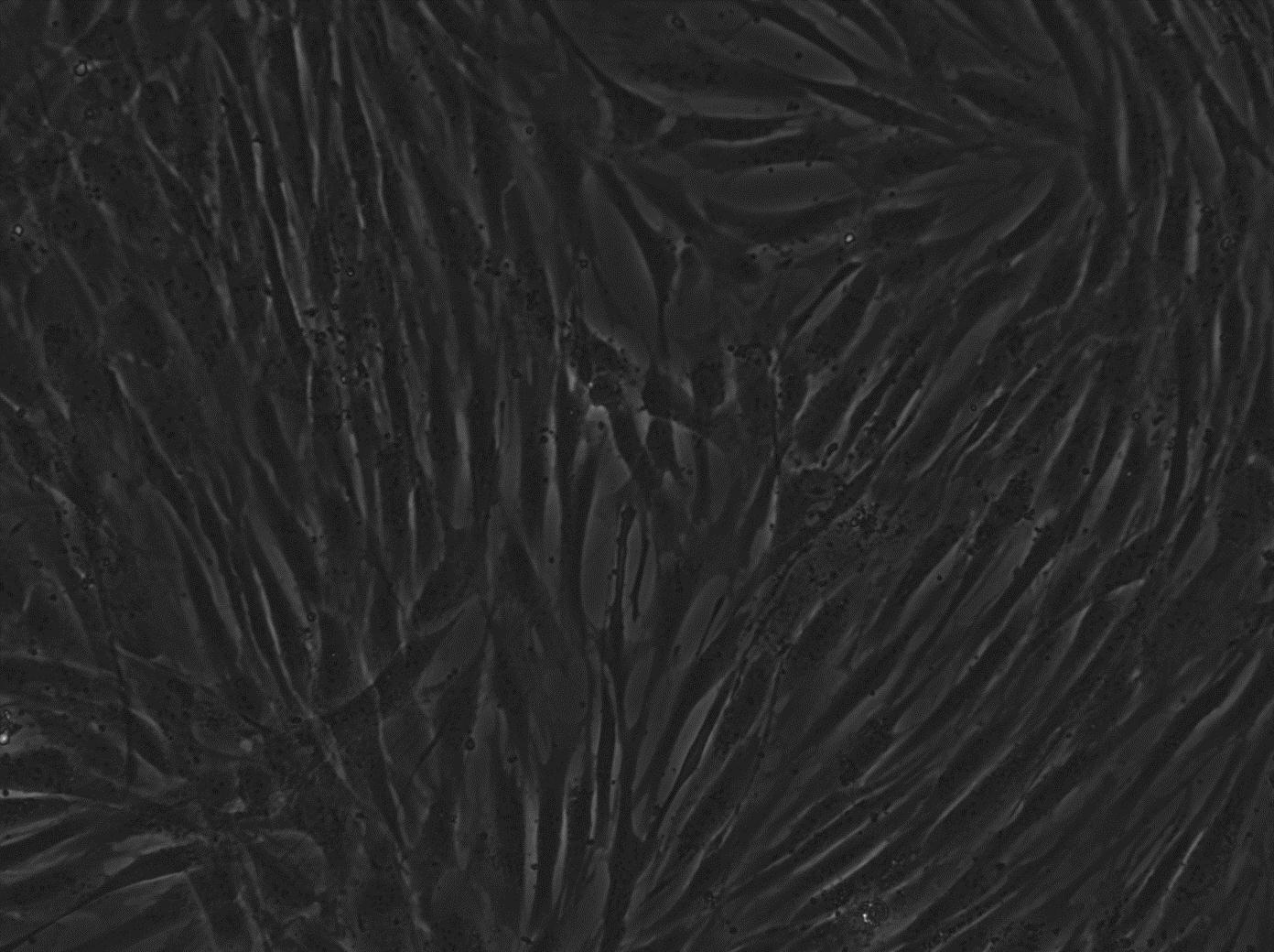Cell Immortalization Service
Cell Line Immortalization Service Request FormReliable and risk-free cell immortalization services to save your time and effort
Features of cell immortalization services:
- Flexibility: Choices of different immortalization methods, including recombinant lentivirus expressing the simian virus 40 (SV40) T antigen, and human telomerase reverse transcriptase (hTERT).
- Risk-free: We offer 100% refund on labor in the rare case that immortalization is not successful. This allows you to try our services risk-free.
- Characterization: PCR analysis is performed on the transgene expression.
- Timeline: 2-5 months depending on immortalizing method, source cells, and species.
- Deliverables: We provide 5 vials (>1 x 106 cells/vial) of immortalized pooled cells and/or single clone cells.
Requisition Forms:
Note: We need the follow materials from our customers for immortalization project:
- Customer-desired cells,
- 2 vials of typical storage size,
- Indication of appropriate growth medium and conditions.
If your cells require medium other than DMEM and RPMI, we will need 1-2 L of medium and any applicable growth factors from you for the project. Also, please provide coated 6-well plates and T25 flasks if the cells require specially treated culture vessels.
*Customer has the option to use any primary cells we offer, please refer to our website for detailed information.
Background
Click to ReadPrimary cells normally can only undergo a limited number of cell divisions in culture, and then enter replicative senescence where they can no longer divide. Scientists need to frequently re-establish fresh culture from tissues, which can be tedious and can add to variability from one preparation to another. Immortalized cells derived from primary cells can surpass normal cellular senescence and have extended replicative capacity. Immortalized cells are highly useful for research in cell biology as they are easier to culture and maintain; thus enabling scientists to use the same consistent cells through research projects for longitudinal studies.
Several methods exist for immortalizing mammalian cells in culture conditions. Simian virus 40 (SV40) T antigen can induce Telomerase activity in the infected cells and has been shown to be the simplest and most reliable agent for the immortalization of many different cell types. . The most recently discovered approach to cell immortalization is through the expression of Telomerase Reverse Transcriptase protein (TERT). This approach is particularly useful for cells that are most affected by telomere length, including many human cell types. TERT is usually silenced in most somatic cells. These cells are able to avoid replicative senescence by maintaining sufficient telomere lengths when hTERT is exogenously introduced. However, over-expression of hTERT in some cell types (especially in epithelial cells) fails to induce cell immortalization.
With years of experiences, our scientists can successfully produce stably immortalized custom cell lines by introducing either SV40 T antigen or TERT (successful species: Human, Bovine, Pig, Dog, Rat and Mouse) to meet your requirements. Our workflow is illustrated below:

To request further information or quote, please feel free to contact us to discuss with your project needs.
Case Study
Case 1: Human Fibroblasts Cell Immortalization
Human dermal fibroblasts were immortalized by introducing SV40 T antigen. The immortalized human fibroblasts surpassed replicative senescence and be able to passage more than 30 passages without showing any proliferation deficits.



Figure 1. Human dermal fibroblasts immortalized by SV40 large T antigen. Primary HDFs can proliferate properly (A). After certain passages, replicative senescence happens to most of the cells and morphology also gradually changes (B). Upon transduction with SV40 lentivirus, the cells retain the capability of proliferation as early passage one even after 30 passages, and their morphology is comparable to the source cells (C).
Publications:
- Benischke AS et al., Sci Rep. 2017 Jul 27;7(1):6656. doi: 10.1038/s41598-017-06523-2.
